- Fresh US draft on Gaza mentions path to Palestinian statehood while Russia submits counter proposal Dawn
- US pushes Security Council to back Gaza plan as Russia offers counter text Al Jazeera
- Gaza mission Dawn
- Rubio ‘optimistic’ as US advances…
Category: 2. World
-
Fresh US draft on Gaza mentions path to Palestinian statehood while Russia submits counter proposal – Dawn
-
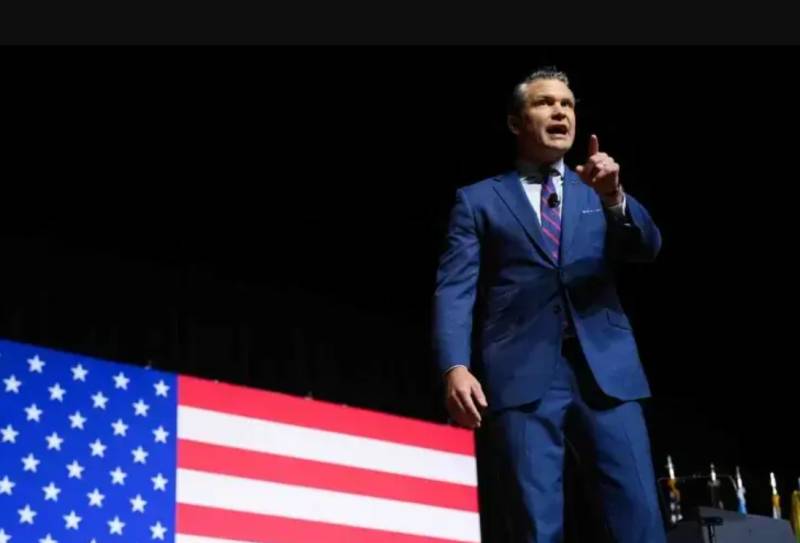
US announces new military operation in Latin America
US Defense Secretary Pete Hegseth announced Thursday a military operation to “remove narco-terrorists,” amid growing concerns that a US naval build-up in Latin American waters could presage land strikes and a wider conflict.
“Today, I’m…
Continue Reading
-
CSP WEEKLY UPDATES (November 8-14, 2025)
Ø SBP Weekly Data Report
http://www.sbp.org.pk/ecodata/index2.asphttps://www.dawn.com/news/1951376/how-real-is-forex-stability
Ø Pakistan paid $2.7b in interest to IMF alone. Can it ever break free?
Continue Reading
-
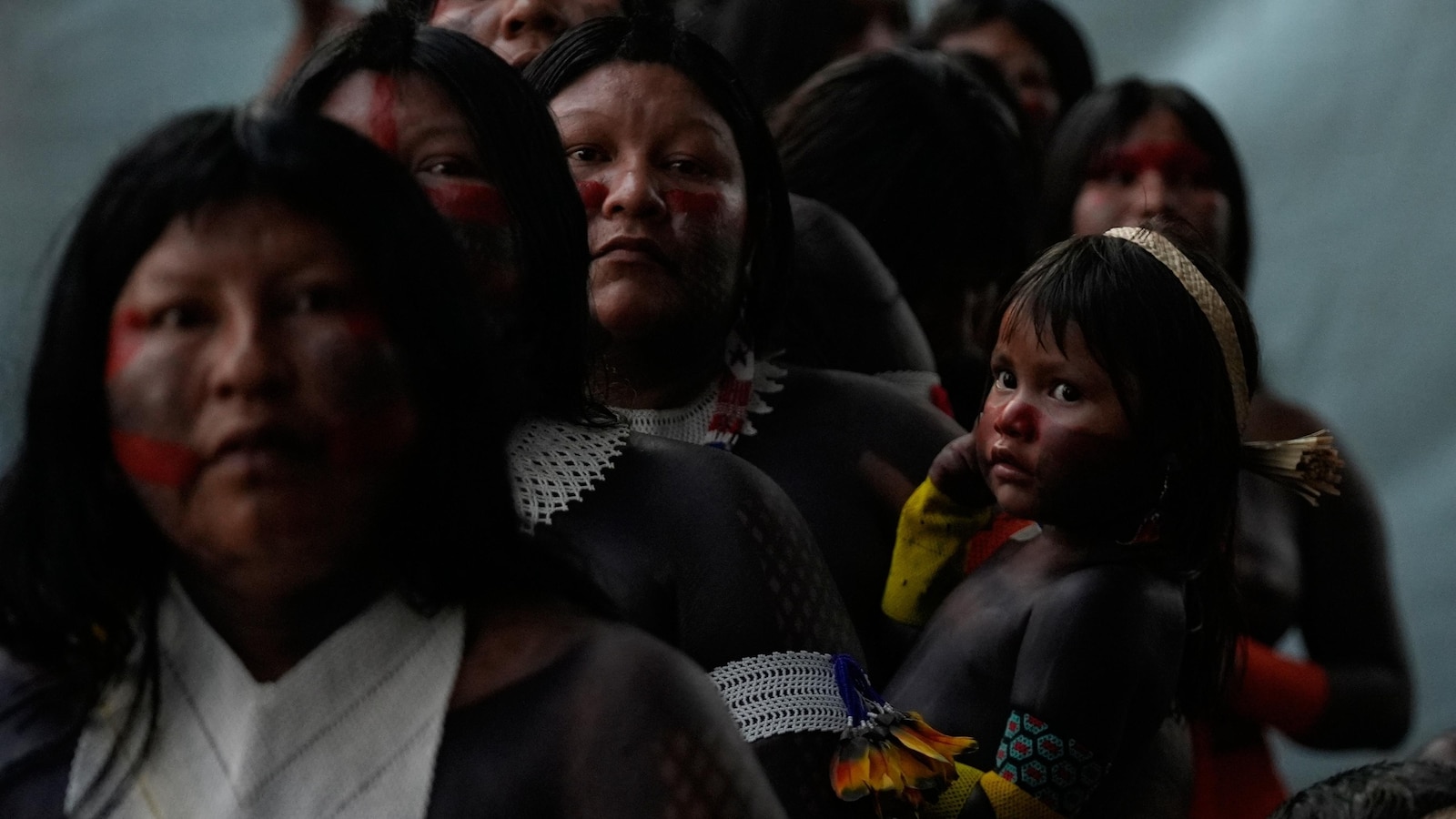
COP30 starts in Brazil and more top photos this week from the Caribbean and Latin America
Nov. 7-13, 2025
An Indigenous group attended the opening ceremony of the People’s Summit offsite from the COP30 climate conference, while other people walked along the river at sunset in Belem, Brazil. Jose Rivera prayed before an image of the…
Continue Reading
-
What we know about deadly Delhi car blast – France 24
- What we know about deadly Delhi car blast France 24
- No blame: Why India is being cautious with accusations after Delhi blast Al Jazeera
- India says Delhi blast was ‘terror incident’, death toll rises to 12 Dawn
- What they left behind: A…
Continue Reading
-
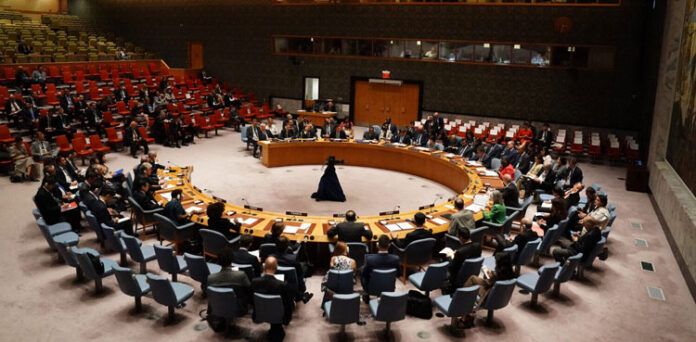
With Pakistan supporting, UNSC extends mandate of peacekeeping mission in Central African Republic for one year
– Advertisement –
Iftikhar Ali
UNITED NATIONS, Nov 14 (APP):The UN Security Council on Thursday extended for one year the mandate of the United Nations Multidimensional Integrated Stabilization Mission in the Central African Republic (MINUSCA),…
Continue Reading
-

US announces new military operation in Latin America
WASHINGTON (AFP) – US Defense Secretary Pete Hegseth announced Thursday a military operation to “remove narco-terrorists,” amid growing concerns that a US naval build-up in Latin American waters could presage land…
Continue Reading
-
US announces new military operation in Latin America – Dawn
- US announces new military operation in Latin America Dawn
- US announces ‘Southern Spear’ mission as forces deploy to South America Al Jazeera
- Hegseth announces military operation to remove ‘narco-terrorists from our Hemisphere’– as it…
Continue Reading
-
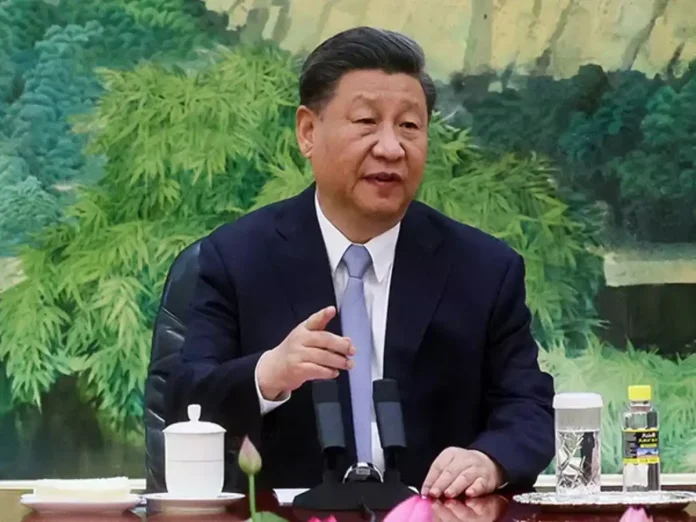
Xi Jinping Urges Youth Sinologists to Promote China
Chinese President Xi Jinping has called on young sinologists to serve as global ambassadors of China, sharing the country’s language, rich culture, and historical heritage with audiences worldwide. He emphasized the importance of cultural…
Continue Reading
-
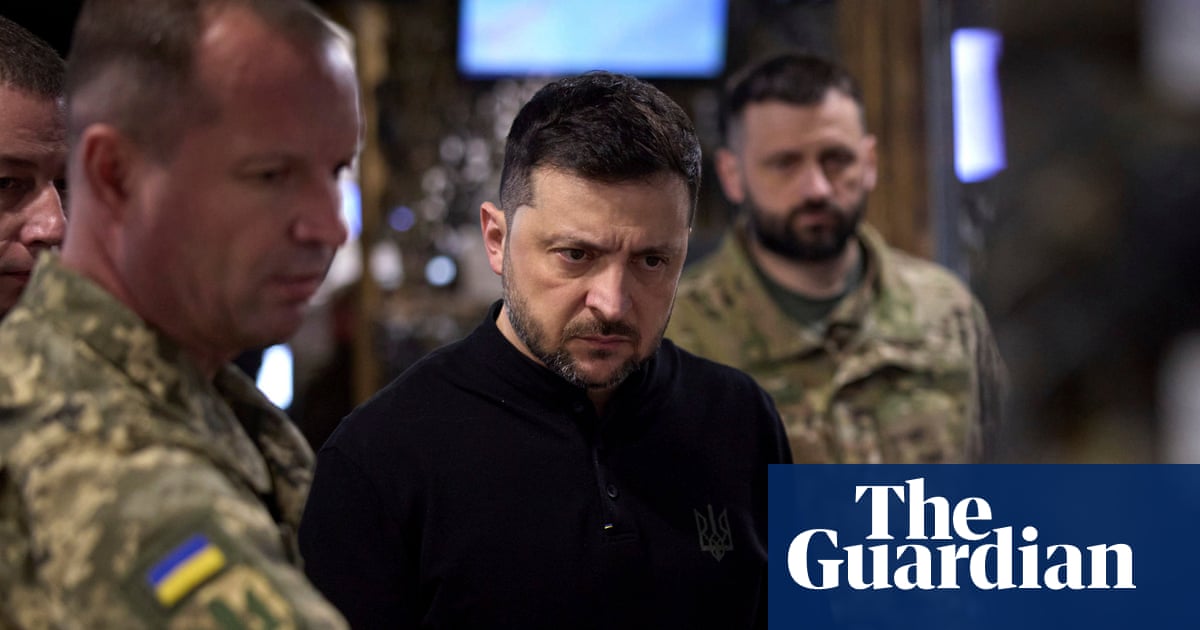
Ukraine war briefing: Flamingo flies into battle, Zelenskyy defers to commanders over Pokrovsk | Ukraine
Ukraine used its Flamingo cruise missile alongside domestically produced drones to strike “several dozen objects” in Russian-occupied territories and inside Russia itself on Thursday, the Ukrainian military general staff said. The…
Continue Reading